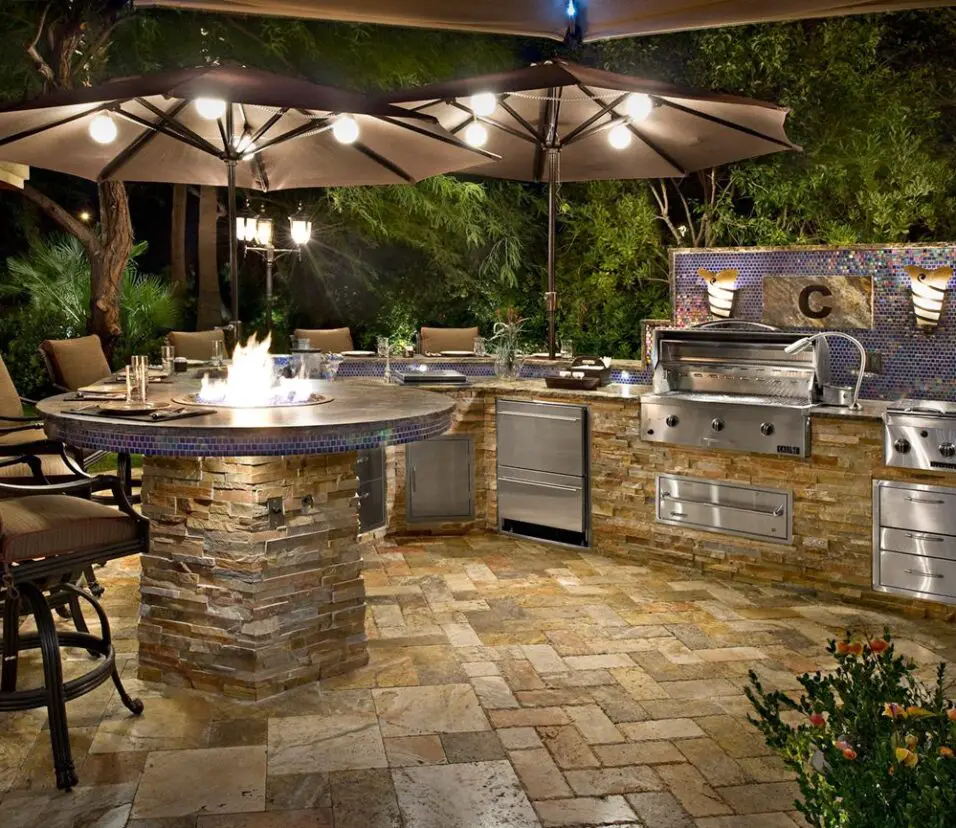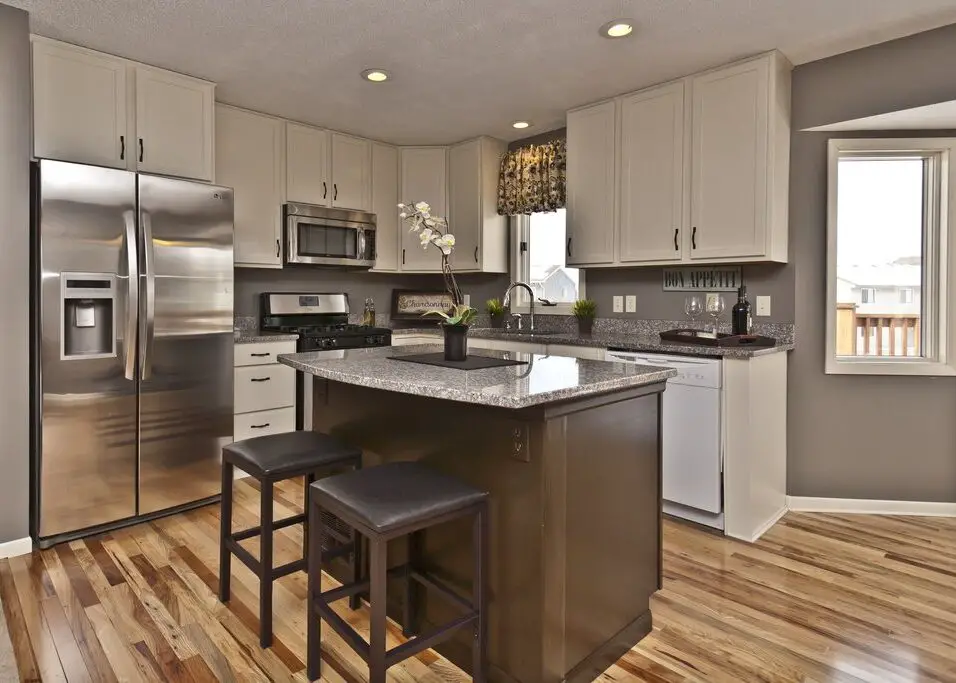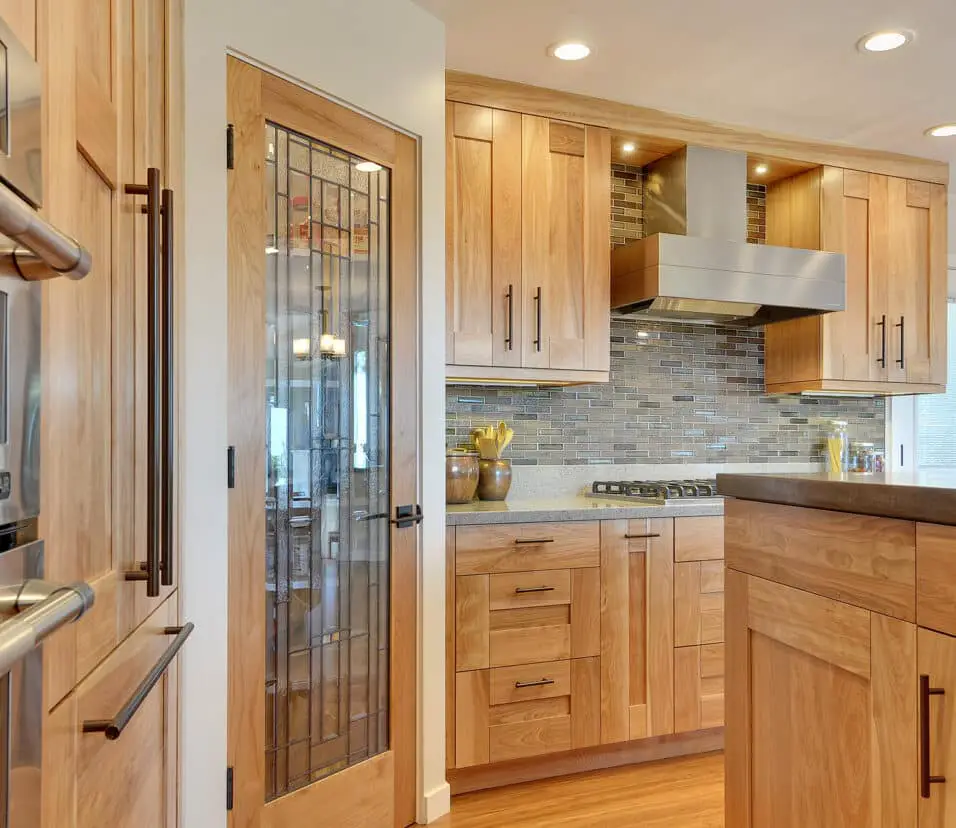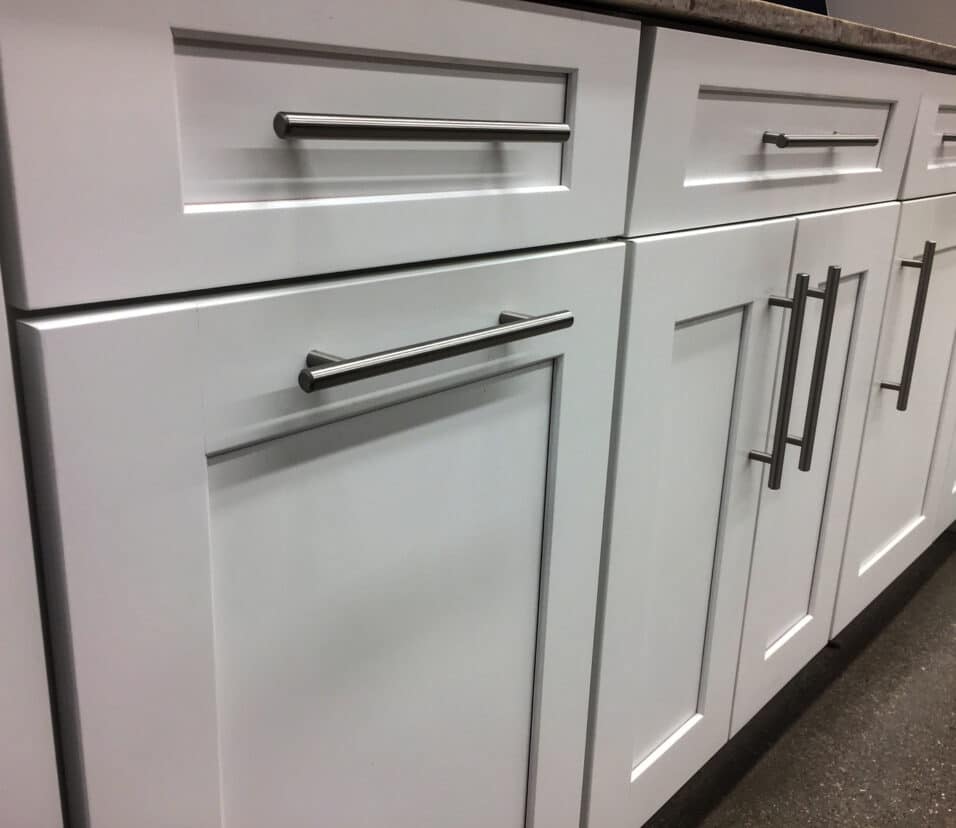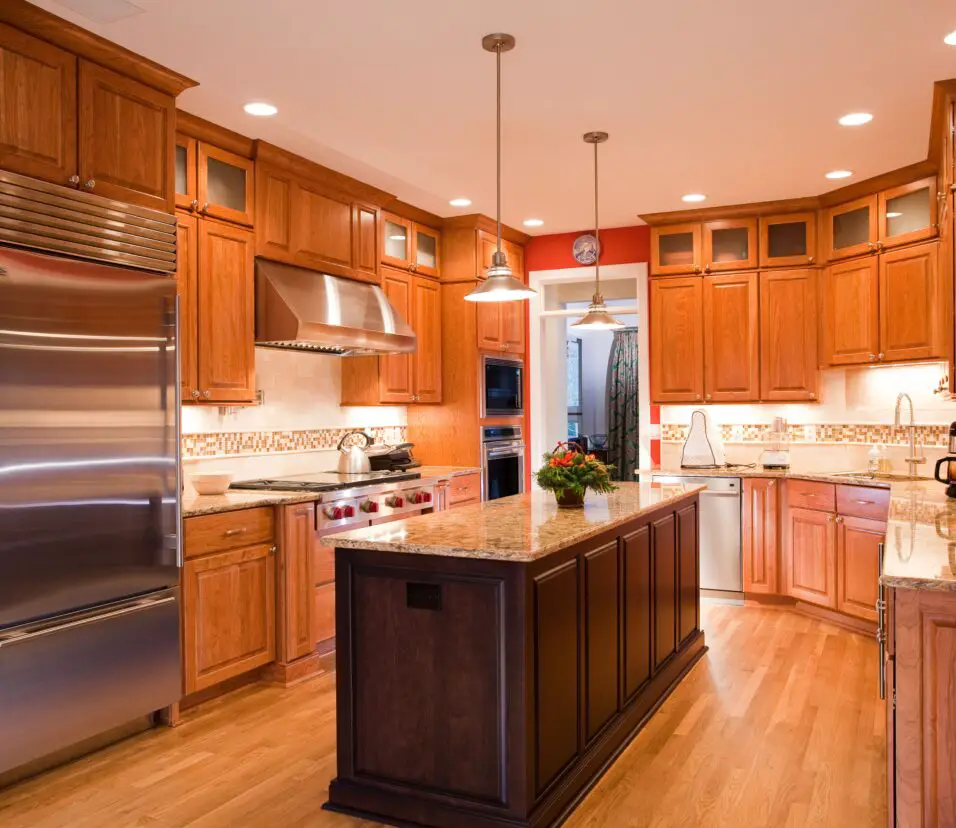How Much To Replace Kitchen Cabinets
Introduction
How Much To Replace Kitchen Cabinets: A kitchen renovation or simply looking to update the heart of your home, replacing kitchen cabinets can have a significant impact on both the aesthetics and functionality of the space. However, before embarking on this exciting journey, it’s essential to understand the various factors that influence the cost of this project. Solid wood tends to be more expensive but offers a luxurious and durable option, while MDF and particleboard are more budget-friendly alternatives.
Kitchen cabinet replacement costs can vary widely depending on factors such as the size of your kitchen, the type and quality of materials chosen, the complexity of the design, and whether you opt for professional installation or attempt a DIY approach. Throughout this guide, we will explore these variables in detail, enabling you to make informed decisions and find the perfect balance between your vision and budget. The type of material you choose for your kitchen pantry cabinets can significantly impact the cost. Common materials include solid wood, plywood, medium-density fiberboard (MDF), particleboard, or metal.
The complexity and style of the cabinet design can also affect the cost. Intricate details, ornate moldings, and custom features will increase the price compared to simpler, standard cabinet styles. The size of your kitchen and the number of cabinets you plan to replace will obviously impact the total cost. Larger kitchens with more cabinets will require more materials and labor, making the project more expensive.
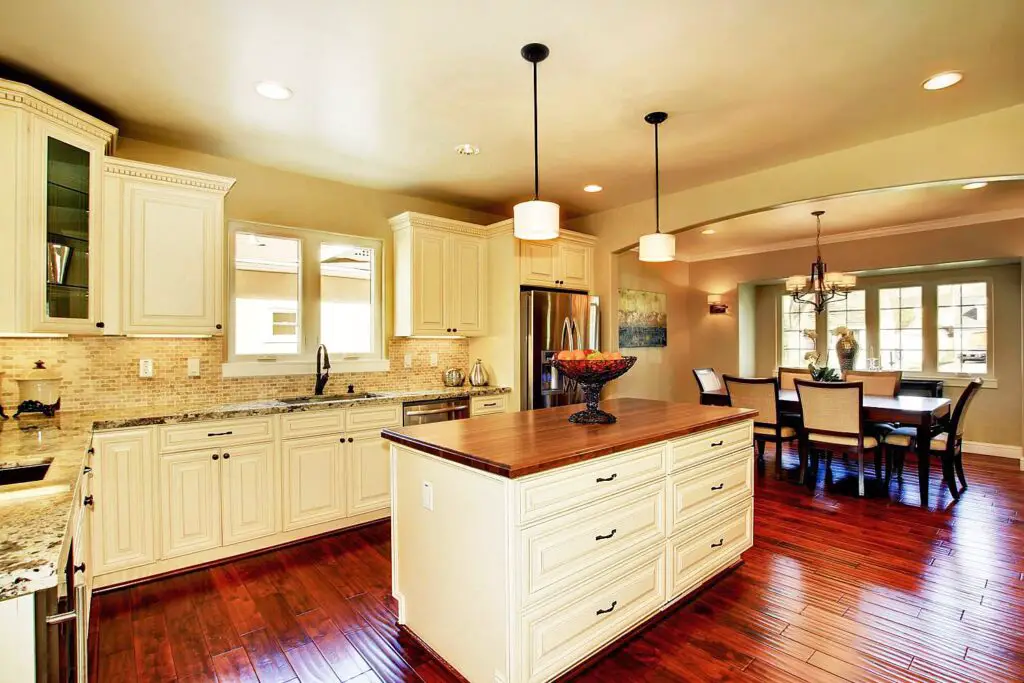
How much do new kitchen cabinets cost?
It’s estimated that a kitchen cupboard installation will cost around £225, not including the material cost. The cost of a standard kitchen cupboard unit will be around £20 – £70 and £20 – £50 for a wall unit. Higher-quality units will be between £70 – £130 for a base unit and £70 – £100 for a wall unit.
The type of materials used in your kitchen cabinets is a fundamental factor in determining the cost. Solid wood cabinets, such as oak, cherry, or maple, are considered premium options and can be more expensive than engineered wood or plywood. Particleboard and MDF (Medium-Density Fiberboard) cabinets are more budget-friendly but may not offer the same level of durability and longevity as solid wood.
The complexity of the cabinet style and design also plays a significant role in the overall cost. Customized cabinets with intricate details, ornate moldings, and unique finishes will be more expensive than standard, off-the-shelf options. Keep in mind that custom designs offer flexibility in tailoring your cabinets to specific kitchen layouts and storage needs.
The size of your kitchen and the number of cabinets you plan to replace will directly impact the total cost. Larger kitchens with more cabinets will require more materials and labor, contributing to a higher overall price.
Hardware and accessories, such as handles, knobs, drawer pulls, and organizational inserts, can add to the cost. High-quality, stylish hardware can elevate the overall look of your cabinets, but it’s essential to factor in these additional expenses.
The type of finish you choose for your cabinets will also influence the cost. Stained cabinets tend to be more affordable than painted cabinets or custom finishes. However, opting for high-quality finishes can enhance the appearance and durability of your kitchen cabinets.
Can I just replace the kitchen cabinets?
Many homeowners are choosing to replace just their lower kitchen cabinets for a change that’s still noticeable and clean. This is a great option if you’re also replacing your countertops or perhaps the lower cabinets have suffered water damage.
Compared to a complete kitchen remodel, replacing only the cabinets is generally more budget-friendly. It allows you to allocate your resources to upgrading the most essential elements of your kitchen.
Cabinet replacement is a faster process than a full renovation, causing less disruption to your daily routine. Depending on the complexity of the design and the size of your kitchen, the project can often be completed in a matter of days. New cabinets can instantly refresh the appearance of your kitchen. You can choose from a wide range of styles, colors, and finishes to match your desired aesthetic, whether it’s modern, traditional, or transitional.
With new cabinets, you have the opportunity to optimize storage space and introduce clever organizational features like pull-out shelves, drawer dividers, and built-in spice racks. Cabinet manufacturers are continually innovating, offering modern features like soft-close hinges and drawer glides, enhancing the overall convenience and user experience in your kitchen.
Start by evaluating your existing cabinets’ condition and identifying the features you’d like to improve or update. Measure your kitchen space accurately to determine the dimensions required for the new cabinets. Browse through various cabinet styles and finishes to find the ones that best suit your taste and complement your kitchen’s overall design theme.
Carefully remove the existing cabinets, ensuring that any plumbing or electrical connections are safely disconnected and protected. While you can attempt a DIY approach, hiring professional installers is recommended to ensure the cabinets are properly aligned, leveled, and securely fixed.
What is the cheapest way to do kitchen cabinets?
What is the Cheapest Way to Do Kitchen Cabinets?
- Repainting Your Existing Kitchen Cabinets. There are few things more frustrating than a scratched or chipped paint job.
- Refacing Your Existing Kitchen Cabinets.
- Finding Used or Recycled Kitchen Cabinets.
- Consider Purchasing RTA Cabinets.
- Buy Cabinets Online.
- Bottom Line.
One of the most economical ways to transform kitchen cabinets is through painting or refinishing. If your existing cabinets are structurally sound but look outdated or worn, a fresh coat of paint or new stain can work wonders. Choose light colors to brighten up the space or opt for darker shades to add depth and richness to the kitchen. Refinishing wooden cabinets can restore their natural beauty and give them a new lease on life.
If the cabinet boxes are still in good condition, consider replacing only the cabinet doors and drawer fronts. This approach allows you to retain the existing structure while updating the appearance. Cabinet door replacements come in a variety of styles and materials, making it easy to find a cost-effective option that matches your kitchen’s aesthetics.
Cabinet refacing involves applying a thin layer of veneer or laminate over the existing cabinet boxes and replacing the doors and hardware. It’s a budget-friendly alternative to a full cabinet replacement that can produce impressive results. With a bit of patience and some basic carpentry skills, you can achieve a brand-new look without the high costs.
For an affordable and trendy kitchen cabinet makeover, consider removing some cabinet doors and converting them into open shelving. This not only gives your kitchen a more open and airy feel but also allows you to showcase your favorite dishes or decorative items. Paint or stain the shelves to match the overall kitchen design.
Why are kitchen cabinets so expensive?
Most expensive cabinetry products are made by experienced artisans with great craftsmanship in cabinet making. Even with the available manufacturing equipment and technology, most cabinet designs are made with hours of hands-on work so expect that you’re also paying for their labor and expertise.
One of the primary factors driving the cost of kitchen cabinets is the use of high-quality materials. Solid wood cabinets, such as oak, cherry, or maple, are known for their durability, beauty, and long-lasting appeal. These premium materials naturally come with a higher price point than engineered wood or particleboard alternatives.
Skilled craftsmanship plays a significant role in the cost of kitchen cabinets. Experienced cabinet makers and artisans invest time and effort into creating well-crafted, custom designs that fit the precise specifications of the kitchen space. The labor-intensive nature of cabinet manufacturing contributes to the overall expense.
Custom-designed cabinets are tailor-made to suit the specific needs and preferences of the homeowner. The level of customization and design complexity significantly affects the cost, as it requires additional planning, engineering, and craftsmanship to bring these unique visions to life.
The finish applied to kitchen cabinets not only enhances their appearance but also protects the wood from wear and tear. High-quality finishes, such as glazes, stains, or paints, can contribute to the overall cost, as they require skillful application and premium materials.
The hardware and accessories chosen for kitchen cabinets can also impact the total cost. High-quality handles, knobs, hinges, and drawer slides enhance the functionality and durability of the cabinets, but they come at an additional expense.
What are the best cabinets for a kitchen?
Plywood: The highest quality kitchen cabinets are made of cabinet-grade multi-layer plywood. Plywood cabinets are strong, easier to install and considerably lighter in weight than MDF or particleboard cabinets. While more expensive, plywood cabinets are a good choice if you expect to own the house for a long period.
Solid wood cabinets are a timeless and popular choice for kitchens. They exude elegance and durability, adding a touch of natural beauty to any space. Woods like oak, cherry, maple, and hickory are commonly used, each offering unique grain patterns and color variations. Solid wood cabinets can be stained to enhance their natural appearance or painted to match any design theme.
Plywood cabinets are an excellent alternative to solid wood. They are made from multiple layers of wood veneers, bonded together, resulting in a sturdy and warp-resistant structure. Plywood is cost-effective and offers good longevity, making it a practical choice for homeowners seeking a balance between quality and affordability.
MDF cabinets are crafted from wood fibers and resin, pressed together to create a dense and smooth material. These cabinets are highly durable, resistant to cracking and warping, and offer a smooth surface for painting or finishing. MDF is often used in conjunction with thermofoil or laminate finishes to achieve a modern and sleek appearance.
For a contemporary and industrial look, stainless steel cabinets are an excellent choice. These cabinets are highly durable, easy to clean, and resistant to heat, water, and stains. They are favored in commercial kitchens and are becoming increasingly popular in modern residential spaces.
Should you replace kitchen cabinets?
They are not meant to last forever and depending on the material, they may require a full revamp every 10 to 15 years. There are numerous signs that your cabinets might need to be replaced – namely, the cupboard doors won’t close and the shelves may begin to buckle and bend.
Evaluate the current condition and quality of your kitchen cabinets. If they are structurally sound and made of high-quality materials, replacing them might not be necessary. In such cases, cabinet refacing or refinishing could be a cost-effective option to update their appearance while retaining the existing framework.
Consider whether your current cabinets match your design preferences. If your kitchen cabinets are outdated or no longer align with your desired style, replacing them can give your kitchen a fresh and modern look. New cabinets offer the opportunity to customize the design, materials, and finishes according to your vision.
Assess how well your current cabinets meet your storage needs and overall functionality. If you find that your cabinets lack organization, are difficult to access, or no longer optimize your kitchen space, replacement may be the best solution. New cabinets can be tailored to improve storage, maximize space, and enhance the kitchen’s workflow.
Replacing kitchen cabinets can be a significant expense, so it’s essential to establish a budget for your kitchen renovation. If your budget allows, and the cabinets are showing signs of wear, damage, or inadequate space, investing in new cabinets can be a worthwhile long-term investment.
Consider the timeline for your kitchen renovation project. Replacing cabinets typically takes more time compared to refacing or refinishing. If you’re looking for a quicker turnaround, alternatives like refacing can be a viable option to refresh the appearance of your kitchen.
What is the lifespan of kitchen cabinets?
The Expected Lifetime of Kitchen Cabinets
As one of the longest-lasting components of your entire kitchen, your cabinets outlast your appliances, sink, faucet and most countertops by a minimum of 30 years.
The primary determinant of kitchen cabinet lifespan is the quality of materials used in their construction. Solid wood cabinets, such as oak, cherry, and maple, are generally more durable and can last for several decades with proper care. Engineered wood, MDF, or particleboard cabinets are less expensive but may have a shorter lifespan.
The craftsmanship and construction techniques used in making kitchen cabinets also influence their longevity. Cabinets with solid wood frames, dovetail joints, and quality hardware tend to be sturdier and more durable. Well-built cabinets can withstand daily wear and tear, extending their lifespan.
Regular maintenance and proper care are essential to extend the lifespan of kitchen cabinets. Clean spills promptly, avoid using harsh chemicals or abrasive cleaners, and follow the manufacturer’s guidelines for cleaning and maintenance. Proper care can prevent damage from moisture, heat, and scratches, ensuring the cabinets remain in excellent condition.
The way cabinets are used can significantly impact their lifespan. Heavy use, frequent slamming of doors, and improper handling can lead to premature wear and damage. Encouraging gentle usage and avoiding overloading cabinets can help them withstand the test of time.
How long will kitchen cabinets last?
Depending on the quality of the wood cabinets you purchase, the amount of time they will last will vary. In general, high-quality cabinets can last up to 50 years.
The quality of materials used in kitchen cabinets significantly impacts their lifespan. Solid wood cabinets, such as oak, cherry, or maple, are renowned for their durability and can last for several decades when properly cared for. Engineered wood, MDF, or particleboard cabinets, while more affordable, may have a shorter lifespan due to their composition.
The craftsmanship and construction techniques employed in making kitchen cabinets are vital to their longevity. Cabinets with solid wood frames, dovetail joints, and high-quality hardware tend to be more durable and better equipped to withstand daily wear and tear.
Regular maintenance and proper care are essential to extending the lifespan of kitchen cabinets. Routinely clean spills, avoid using abrasive or harsh cleaners, and follow the manufacturer’s guidelines for cleaning and upkeep. Proper care can prevent damage from moisture, heat, and scratches, ensuring the cabinets remain in excellent condition.
The way cabinets are used can significantly impact their lifespan. Heavy use, excessive slamming of doors, or improper handling can lead to premature wear and damage. Encouraging gentle usage and avoiding overloading cabinets can help prolong their lifespan.
The kitchen’s environment plays a crucial role in the longevity of cabinets. Exposure to high humidity, extreme temperatures, or direct sunlight can cause warping, discoloration, or degradation of cabinet materials over time. Proper ventilation and control of environmental factors can help preserve the cabinets.
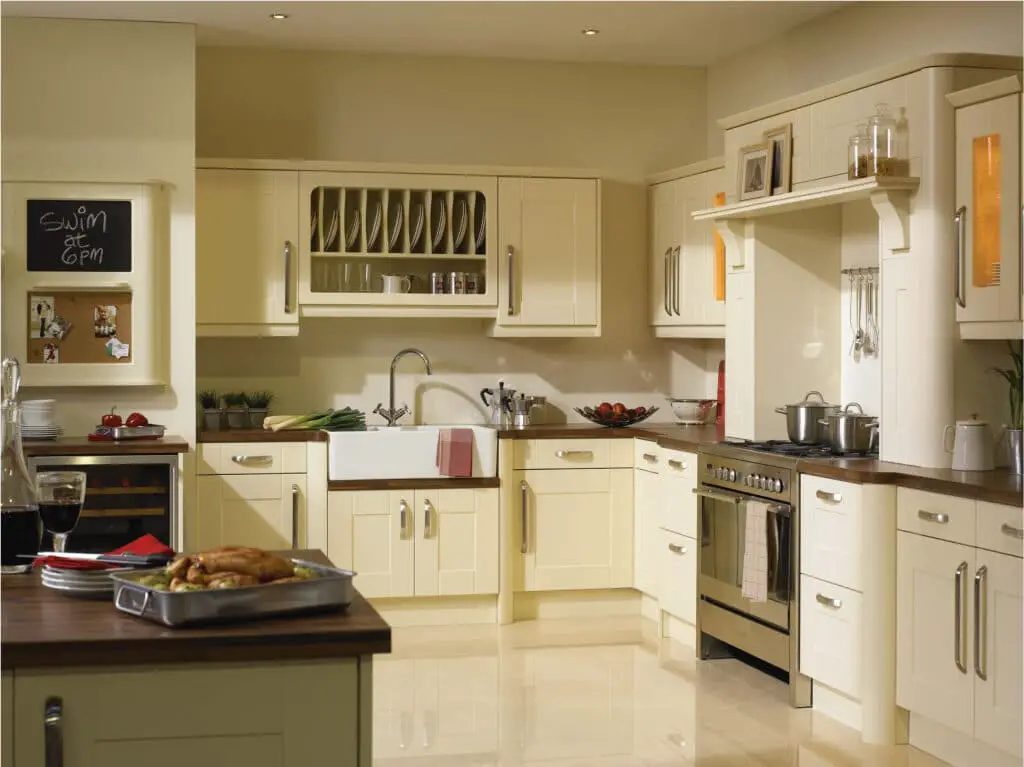
Conclusion
The cost of replacing can vary widely depending on several factors, including the materials chosen, the complexity of the design, the number of cabinets, hardware and accessories, installation, finishes, location, and additional upgrades. It’s essential to carefully consider your budget and priorities before embarking on this renovation journey. To make well-informed decisions, it is highly recommended to consult with experienced kitchen cabinets design professionals or contractors.
While solid wood cabinets and intricate designs may offer luxurious aesthetics, they can also significantly increase the overall cost. On the other hand, more budget-friendly materials and simpler designs can be equally appealing while keeping expenses in check. Professional installation ensures a proper fit and finish, but it comes with added labor costs. DIY options may save money, but they require a good understanding of carpentry and could lead to issues if not executed correctly.
They can provide tailored estimates based on your specific requirements and help you strike the perfect balance between your vision and budget. Lastly, always remember that kitchen cabinet replacement is a valuable investment in your home. High-quality cabinets can improve the functionality and aesthetics of your kitchen, potentially adding to the overall value of your property. By carefully planning and understanding the costs involved, you can create a beautiful and functional kitchen space that meets both your needs and financial goals.




